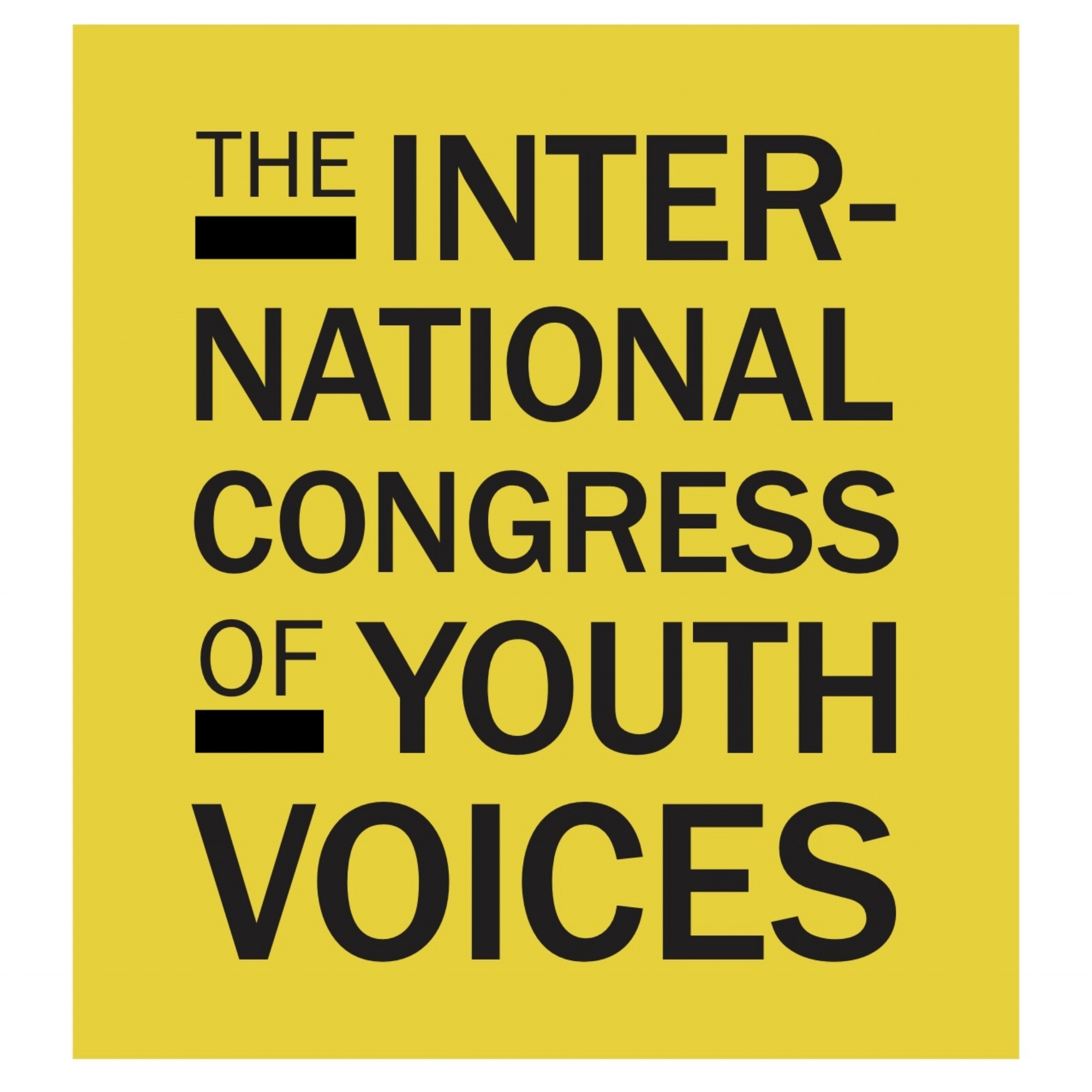RAMCHANDRA CHAPAGAI, 18
Ram Chandra Chapagai is a Bhutanese refugee who now lives in Jhapa, Nepal. Bhutan is a country on the eastern edge of the Himalayas and Nepal. Since the 1990s, more than 80,000 people, typically belonging to the Lhotshampas population, have been expelled by the Bhutanese government and put through complicated census and citizenship policies designed to systematically exclude and encourage Lhotshampas people to leave Bhutan. Seven refugee camps were established in the Jhapa and Morang districts of southern Nepal, housing as many as 108,000 people in 2007. After a resettlement project spanning 2007-2015, many refugees were resettled in countries outside Nepal and Bhutan. It is estimated that around 10-12,000 refugees will remain in two camps in Nepal.
Chapagai has worked with the Bhutanese Refugees Children’s Forum since 2015 and is an activist for children’s rights, especially for children living in uncertainty as refugees. The Children’s Forum facilitates the storytelling and creation of photographs and other art to raise awareness to children still living in Bhutanese refugee camps. He is also a secretary of Child Network at Damak and works in the field to make a society violence-free for children through different programs like counseling, awareness program against child marriage, substance abuse, and many more. Recently, Damak municipality has supported Chapagi’s initiative to re-enroll and support ten to fifteen school dropouts. This program is centered on peer mentoring with frequent sessions between students and mentors.
Chapagai was recently recognized as a local representative for Glocal’s Teen Hero 2019. He hopes that his efforts will inspire more programs that empower refugee children to stay in school and offer them more opportunities in life outside of the camps.
Life in the Dark
by Ramchandra Chapagai
Nepal faces renewed diplomatic and internal challenges in coping with 6,500 Bhutanese refugees. The refugees remain in two camps in Jhapa as the World Food Programme (WFP) suspends its 26 year support and as the third country settlement scheme draws to its close. Now, the onus lies on the Nepali government to communicate with the Bhutanese government before their last group of refugees adopts third country resettlement. A total of 110,000 Bhutanese individuals have been resettled in the United States, Canada, and among other Western countries so far.
When the WFP stops food aid in December as announced, Nepal will have to manage food and other essential supplies until the Bhutanese refugee issue is permanently settled.
It’s very difficult to be a refugee. You are a statusless status. Being a refugee without opportunities is scary; not sure of any identity or future. Out of 6,500 refugees, 30% of children are in the dark, having no identity.
But apart from this, we run a children forum for the Bhutanese refugees, which advocates for protection. I have been running this organization under the United Nations High Commissioner for Refugees (UNHCR). We run the program for the well-being of the children. We promote and develop the child to the right track, and have been doing this for the past 4 years.

